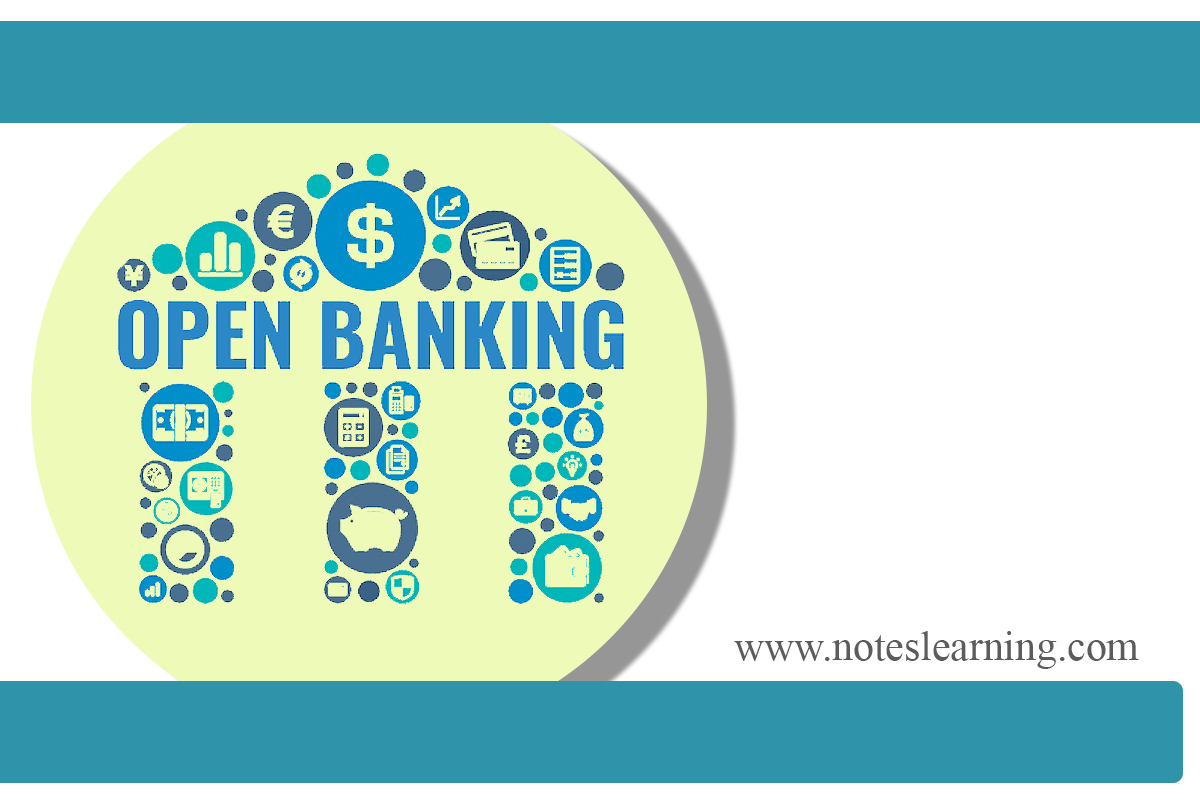Introduction
Open Banking is another lead in the modern financial ecosystem. Open banking is a banking practice where data is exchanged in the financial ecosystem using application programming interfaces (APIs). APIs is a set of codes that allows two pieces of software to connect to each other for exchanging messages or data or information in a secure standard format.
Open banking is a modern legal framework which allows transfer of information related to account for use by customers, financial institutions and third-party providers with the permission of the customer. Open banking has become a medium of innovative business and is poised to reshape the banking industry.
Fintech has changed the way of conducting banking and financial activities and open banking has defined the Fintech evolution. Open banking practices integrate the financial operations of customers by sharing their information among a secured network of financial intermediaries and facilitators.
Some of the early adopters of the open banking ecosystem are Paypal, Alibaba, Venmo etc. Google Pay, PhonePe, Freechanrge, Apple Pay, Paytm are some other platforms that ease payment and other financial transactions using APIs.
Traditional Banking Vs. Open Banking
Before open banking practices, banking and financial institutions had their application programming interfaces (APIs) i.e. banks had their own application for customers from which customers used to have exclusive services. The activity of customers was exclusive to the banks and data were collected with the help of proprietary apps of the banks.
Open banking has integrated all the APIs as public APIs i.e. all the information are available as secured public information and customers can access to their financial products and services by reaching the secured public APIs. Proprietary apps together with third-party apps can have access to the information. Banks can interchange the information collected from proprietary apps to public APIs and vice versa. Similarly, third-party apps can share the information to and from such public APIs. Open Banking provides an opportunity to third party applications to serve customers.
Benefits to Customers
Sharing such information with the consent of the customer allows customers to integrate all their financial privileges from intermediaries and facilitators. Customers can integrate their financial transactions into one platform and enjoy the benefit i.e. customers can look after their account, their financial behaviour, financial products and services available to them, payment convenience etc. Open banking allows customers to enjoy a single view of the entire account.
Benefits to Financial Intermediaries
Open banking also lets financial service companies use the data shared by the customers and use it for serving their customers. Open banking allows financial intermediaries to assess and evaluate the behavior of customers and provide the personalized service.
Benefits to economy
Open banking is an innovative approach towards banking and it has a lot to offer to customers and institutions. Open banking approach integrates the services provided and makes banking more accessible and flexible. It incorporates and encourages more customers to use financial services. Open banking allows customers to engage more in economic activities as such a banking model integrates customers, financial institutions and third parties together.
Also, open banking will have a shared network of information about the customers, it allows regulatory bodies to closely look after the financial ecosystem.
Open banking allows financial intermediaries to continuously improve the product and services provided to the customers. This will make the industry and market progressive.
Reference

